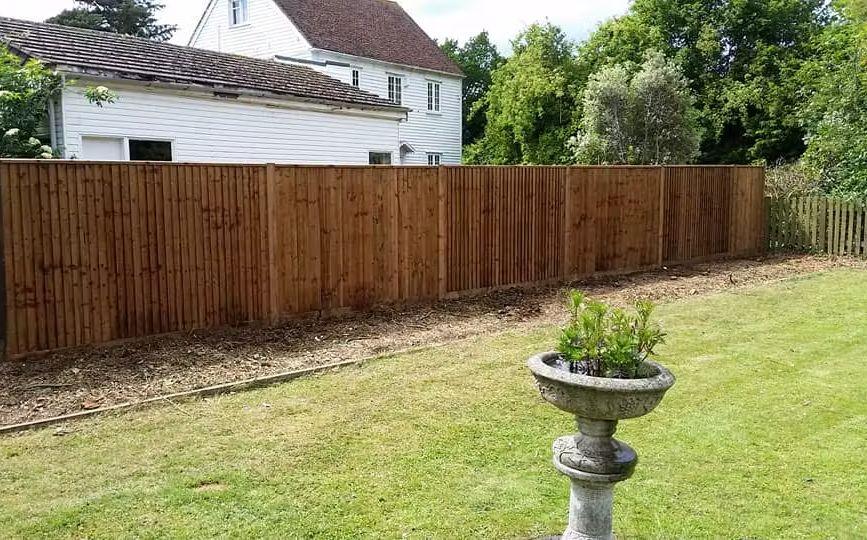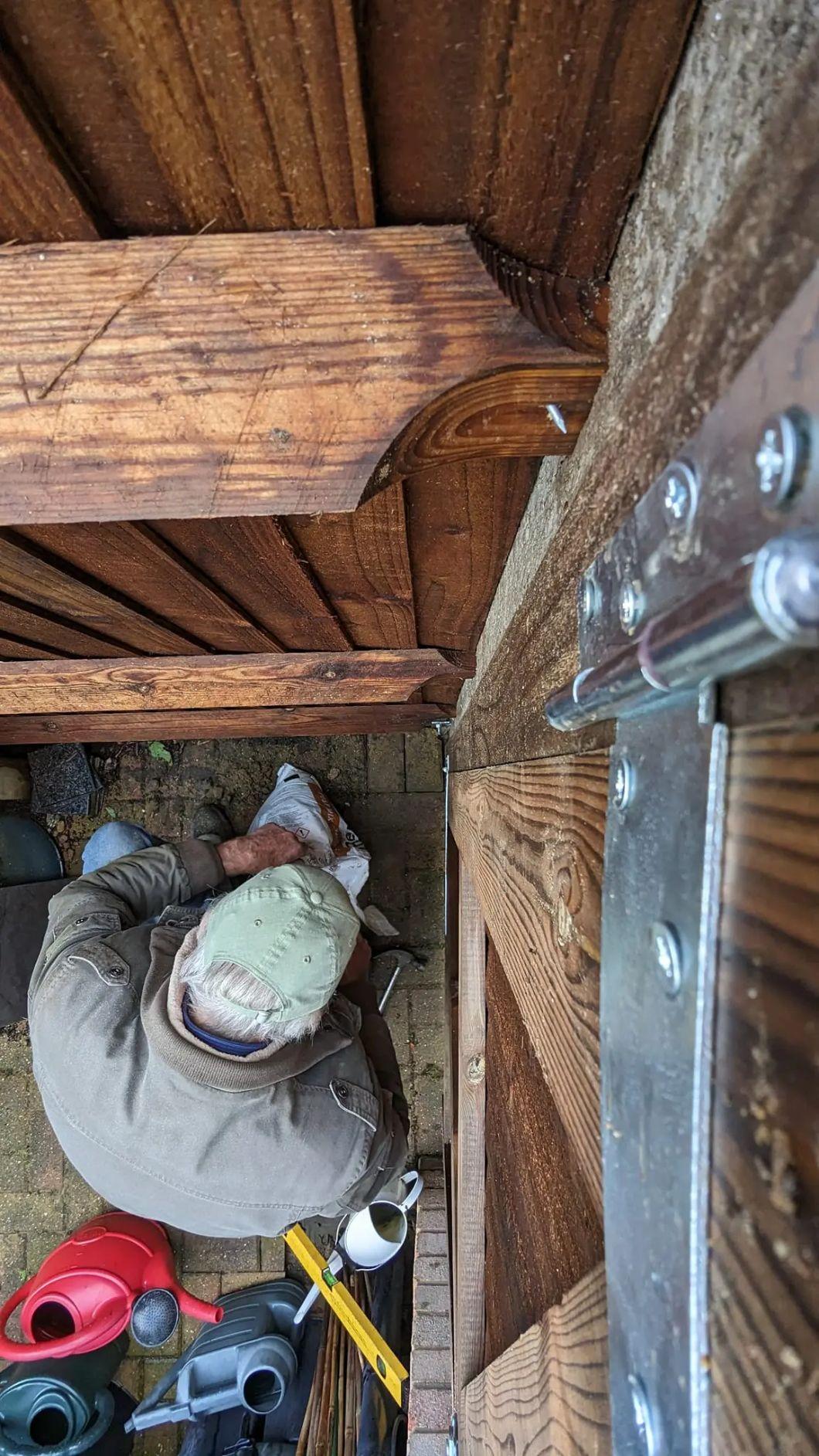Close-Boarding Fence with Alternating Board Directions
Fencing Services: Exploring Alternating Board Directions in Close Boarding
Sheridan fencing - Dave Relf
Most people approach close-boarding fence services with a straightforward mindset, opting to install boards from left to right or right to left. In our practice, we've chosen to board from right to left to align with the gates we commonly install. However, there's an alternative method that introduces a fascinating twist: alternating board directions. As an expert in fencing installation and design, I'm excited to delve into this innovative approach and its potential benefits.
Elevating Your Close-Boarding Fence with Alternating Board Directions
Close boarding has long been a staple in fencing, offering both functionality and visual appeal. As someone well-versed in fencing installation and design, I suggest considering the option of alternating board directions as a simple yet effective way to add variation to your projects.
Understanding the Technique
Alternating board directions is essentially another way to arrange the boards in close boarding. Instead of having them all run in the same direction, you switch it up, making some lean to the left and others to the right. It's a small tweak that can make a big difference in the overall look of your fence.
Visual Enhancement
This fence was installed in blue bell hill.

From an expert standpoint, alternating board directions can breathe new life into a traditional fencing style. By mixing up the orientation of the boards, you create visual interest and break up the monotony of a uniform design. It's a subtle change that can give your fence a bit of character without straying too far from its classic appeal.
Practical Benefits
Beyond aesthetics, alternating board directions can also offer some practical advantages. For instance, in windy areas, this technique can help reduce the strain on the fence by allowing the wind to pass through more easily. It's a simple way to improve the resilience of your fence while maintaining its functionality.
Implementation Tips
If you're considering alternating board directions, it's worth noting that this technique tends to have the most visual impact on longer stretches of fencing. For fences containing at least five 9-foot bays, roughly totalling over 50 feet in length, alternating board directions can truly shine. This length provides enough space for the pattern to develop and showcase its full potential. For shorter fences, the effect may be less pronounced, so keep this in mind when planning your project.
In conclusion, alternating board directions may seem like a small detail, but it can make a big impact on the overall look and performance of your close boarding fence. As an expert in the field, I encourage you to consider this simple yet effective technique, especially for longer stretches of fencing, in your next project.
Fencing Services for Closeboarding
I must confess that not many people ask for this method, but I also wonder if people don't know about it. So, if you're looking for us to install a fence for you in Medway, Maidstone, Sittingbourne, or Gravesend, then give us a call at Sheridan Fencing: 01634 660732. Whether you're seeking Fencing services or simply looking for information, we're here to assist you in making your fencing project a success.
Now you're thinking I could do this with close board panels?
Yes, it's possible to achieve the same alternating board direction effect with closeboard panels. Here's how: Install one panel in the usual manner. Then, for the next panel, remove the top capping, flip the panel upside down, and reinstall the capping. This simple technique creates a visually captivating pattern similar to alternating board directions in traditional close boarding.
Hope you find this post helpfull.
Dave Relf
Sheridan Fencing
Some other blog posts you may like below:


